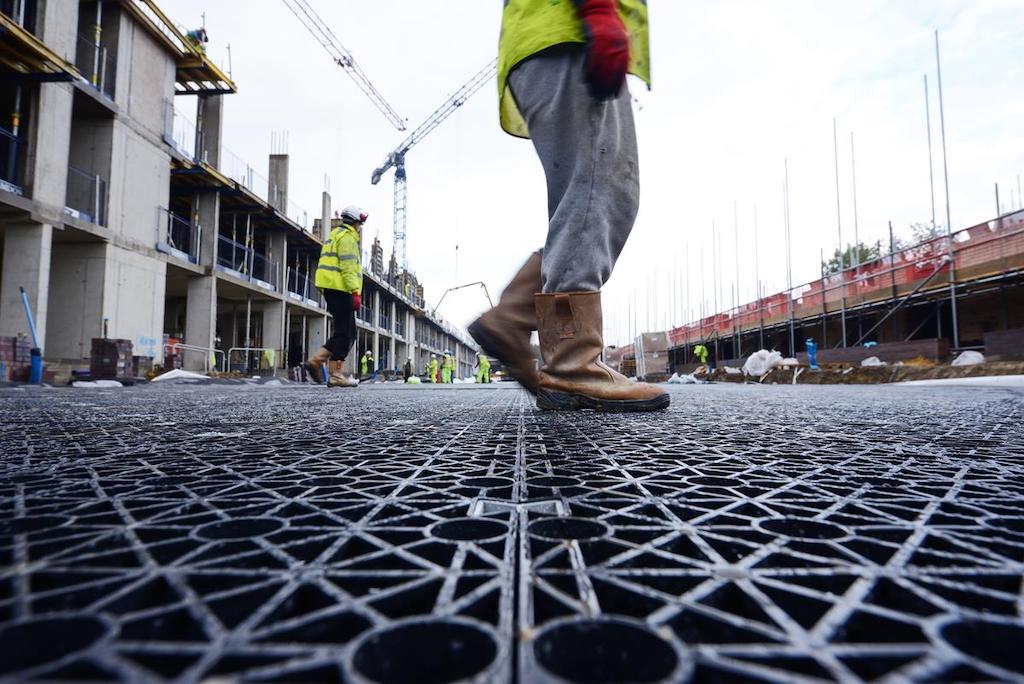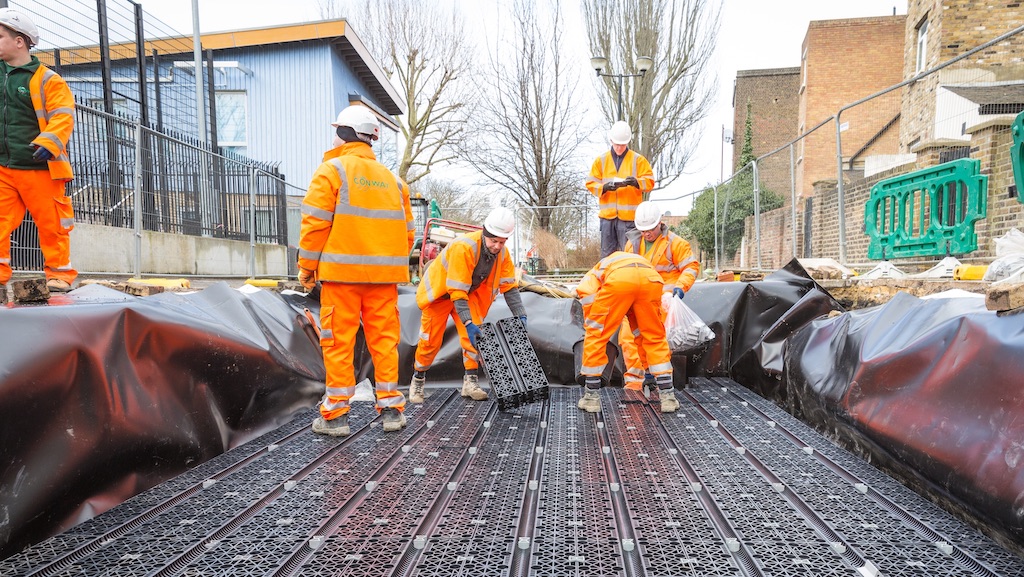Jon Stewart, Business Development Director for Drainage at Polypipe Civils & Green Urbanisation explores why rain gardens are an ideal way for developers to meet emerging environmental legislation.
The Government’s Environment Bill, which comes into force next year, will bring unprecedented reform to our foremost environmental priorities. Amongst the many significant changes will be the need for water companies to publish a water resources management plan, as well as strategies for drought, flood and overall catchment resilience.
In recognition of the growing burden on combined sewers, the Bill also focuses on building capacity into the water undertaker’s drainage and sewerage system to meet current and future demand, and requires reporting on storm overflow performance annually. For housebuilders, this means there will be increased pressure from water companies and planning authorities to reduce stormwater discharge when designing and building developments.
The Environment Bill also brings a further significant change for developers through Biodiversity Net Gain and the requirement to achieve a minimum of 10 per cent improvement in biodiversity on or near a new build site to get planning consent.
These changes mean developers must now re-evaluate how to introduce green infrastructure, to ensure that residential developments comply with sustainable drainage best practice and deliver an uplift in biodiversity post-completion.
Fortunately, this forthcoming legislation also coincides with a broadening of the range of sewer types that utility companies can adopt as part of the changes to Sewer Sector Guidance (SSG). This means developers can consider new solutions, including those that go way beyond traditional sustainable drainage systems (SuDS) to benefit individuals, communities and the environment.
The next generation
Traditionally, rain garden design has been limited to a small area of plants and shrubs intended to hold and soak away rainwater run-off, with systems ‘plugged in’ to existing drainage networks, collecting water from roofs or driveways. However, when created as part of green urbanisation – the next generation of water management technologies – the scope and capabilities of rain gardens can be much wider, intrinsically linking stormwater collection to green asset creation.
Breakthrough shallow invert geocellular sub-base replacement systems can be installed under rain gardens, as well as SuDS tree pits and engineered swales, creating a powerful foundation for water management and re-use. Comprising interconnected cells with geometric ties, these systems form a uniform structural ‘raft’ with exceptionally high load-bearing characteristics, but critically, also allow water to be stored safely at source.
This means the water collected immediately beneath the rain garden can be used for irrigation, with surface planting sustained by drawing stored water from the raft through special ‘wicking cones’ – a net-zero process called ‘passive irrigation’. As well as making the landscape more resilient in extended dry spells, re-using water in this way helps remove stormwater that would otherwise go into the combined sewer network.
As part of green urbanisation, these sub-base systems – which are versatile in their application and unrestricted by drainage networks – can be used to create rain gardens within hard landscaping as longer, linear SuDS systems or in new build gardens where soil quality is poor but buyers want the ability to sustain plants and trees.
While legislative changes may bring new challenges to developers, by working with forward-thinking manufacturers of new green urbanisation solutions, it is possible to tackle excess stormwater and achieve biodiversity uplift simultaneously, all the while producing attractive, saleable developments that benefit future owners long-term.











